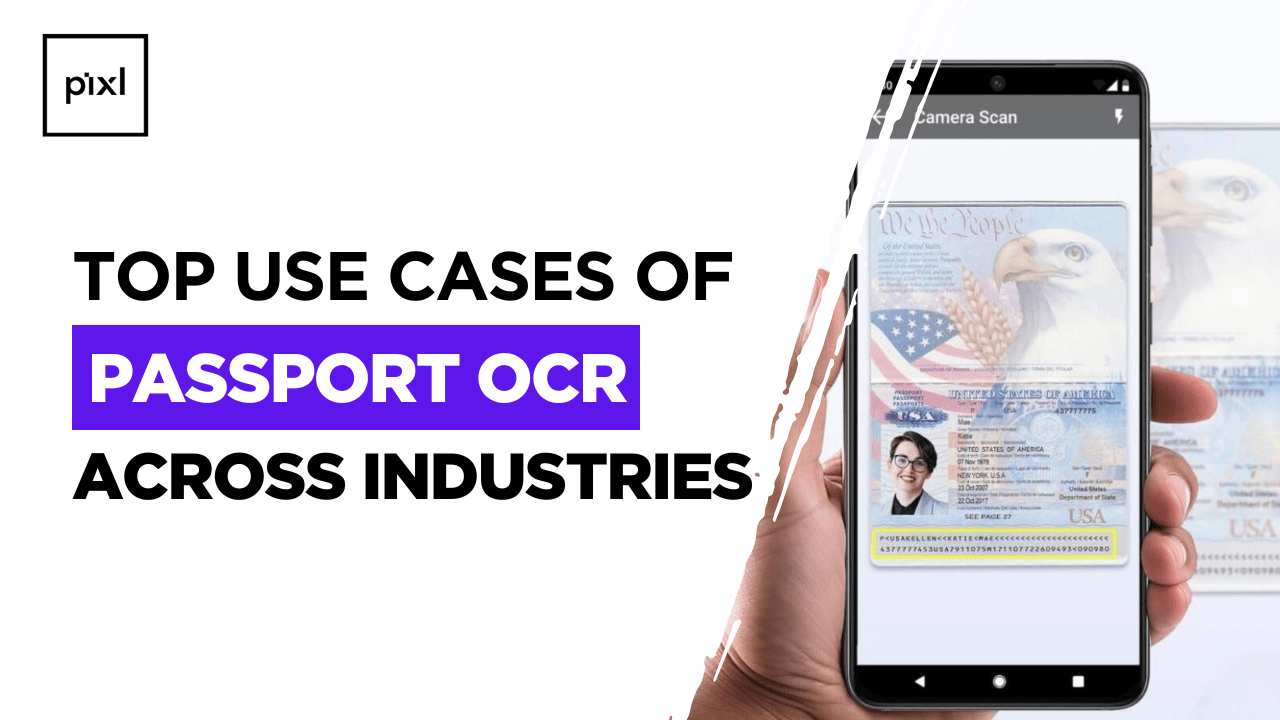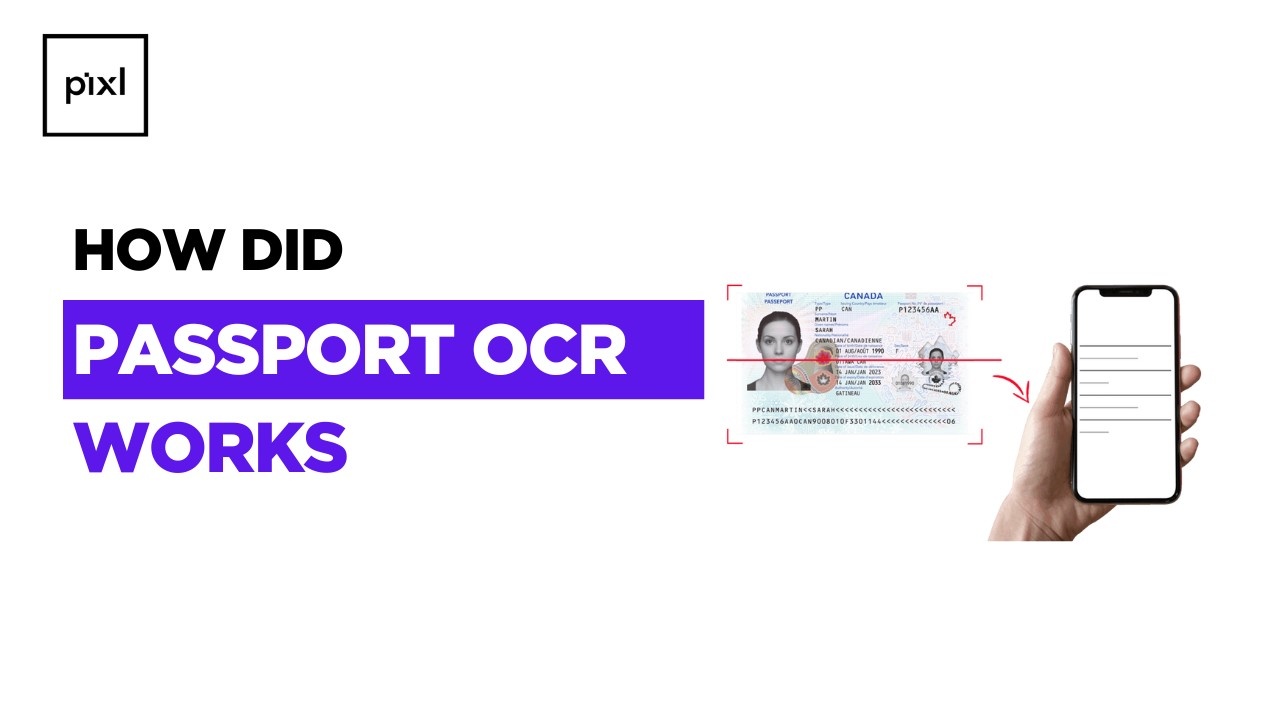As companies expand, the volume of invoices increases, needs larger teams and long processing periods. Manual data extraction from invoices is a time-consuming process and chance of error is high. This resulted in the misuse of valuable resources. A task that becomes cumbersome and error-prone when performed manually. This is the main challenge in invoice data extraction. To overcome these issues, businesses should turn to automated invoice data extraction solutions. This article will delve into the concept of invoice data extraction, the methods involved, and the advantages of automation in this critical process.
Understanding Invoice Data Extraction
To grasp the significance of invoice data extraction, it is essential to first understand what an invoice entails. An invoice is a formal document detailing a transaction between a buyer and a seller, including the transaction date, the parties involved, a description of the goods or services, quantities, unit prices, and the total amount payable.
Invoices encompass crucial information such as customer and vendor details, order specifics, pricing, and taxes. This information must be meticulously extracted and matched with other documents like order forms and bills of goods before processing payments. Despite appearing straightforward, extracting data from invoices can be highly time-consuming due to the varied formats and the presence of both structured and unstructured data. Therefore, automated invoice data extraction tools like Nanonets are indispensable for streamlining this process.
The Challenges in Invoice Data Extraction
The process of extracting data from invoices poses numerous challenges for AP teams. Invoices come in different templates and may include a range of information, some of which might not be relevant to the AP team. Key challenges include:
Varied Invoice Formats: Invoices can be in paper form, PDFs, EDI formats, and more, complicating the extraction and processing efforts.
Diverse Template Styles: Invoices vary significantly in their templates. Some contain minimal essential information, while others include extraneous details. Data points might also be positioned differently across invoices, adding to the complexity of manual extraction.
Data Quality and Accuracy: Manual extraction often leads to delays and inaccuracies in the captured information.
High Volume of Data: Large organizations process a substantial number of invoices daily, making manual processing inefficient and costly.
Language Barriers: Invoices from international vendors might be in different languages, posing challenges for AP teams unfamiliar with those languages.
Preparing Invoices for Data Extraction
Preparing data for extraction is a critical step in the invoice processing workflow. This phase ensures the accuracy and reliability of the data, particularly when dealing with large volumes or unstructured data. Key preparatory techniques include data cleaning and preprocessing:
Data Normalization: This involves standardizing data formats, such as dates and times, to ensure consistency and ease of processing.
Text Cleaning: Removing irrelevant information like stop words, punctuation, and non-textual characters to enhance the accuracy of text-based extraction techniques like OCR and NLP.
Data Validation: Checking for errors, inconsistencies, and other issues by comparing the data with external sources, ensuring accuracy and up-to-date information.
Data Augmentation: Enhancing the data by adding supplementary sources or generating synthetic data through machine learning techniques to improve extraction accuracy.
Methods of Invoice Data Extraction
Different methods can be employed for invoice data extraction, each with its own merits and challenges:
Manual Invoice Data Extraction: Involves humans manually reviewing and entering data from invoices into accounting software. While this method is straightforward, it is labor-intensive, prone to errors, and can cause payment delays.
Online Data Extraction Tools: These tools are useful for specific document types with consistent formats. For example, PDF-to-text converters can streamline data extraction for consistent invoice types. However, they offer limited automation for complex or varied invoice data extraction tasks.
Template-Based Invoice Data Extraction: Relies on predefined templates to extract data from invoices with consistent formats. This method is highly accurate as long as the format remains unchanged. However, changes in invoice format can disrupt the extraction process and require manual intervention.
Automated Invoice Data Extraction Using OCR: For handling multiple invoice types or large volumes of invoices, AI-based OCR tools like Nanonets are ideal. Invoice automation van easily done with ocr . These tools leverage Optical Character Recognition (OCR) technology to recognize text from scanned documents or images, providing a fast, efficient, secure, and scalable solution. They employ a combination of AI, machine learning, RPA, text and pattern recognition, and other techniques to ensure data accuracy and reliability. These tools can extract text from various sources, including images and handwritten documents. now days many of banking and financial institutions are using invoice ocr software to safe their time.
Conclusion
Automating invoice data extraction is essential for AP teams to process invoices effectively and efficiently. Prompt invoice processing is crucial for making timely vendor payments and avoiding unnecessary friction. The choice of invoice data extraction method should be based on the input sources and specific business needs, requiring careful evaluation before implementation to prevent wastage of time and resources.



